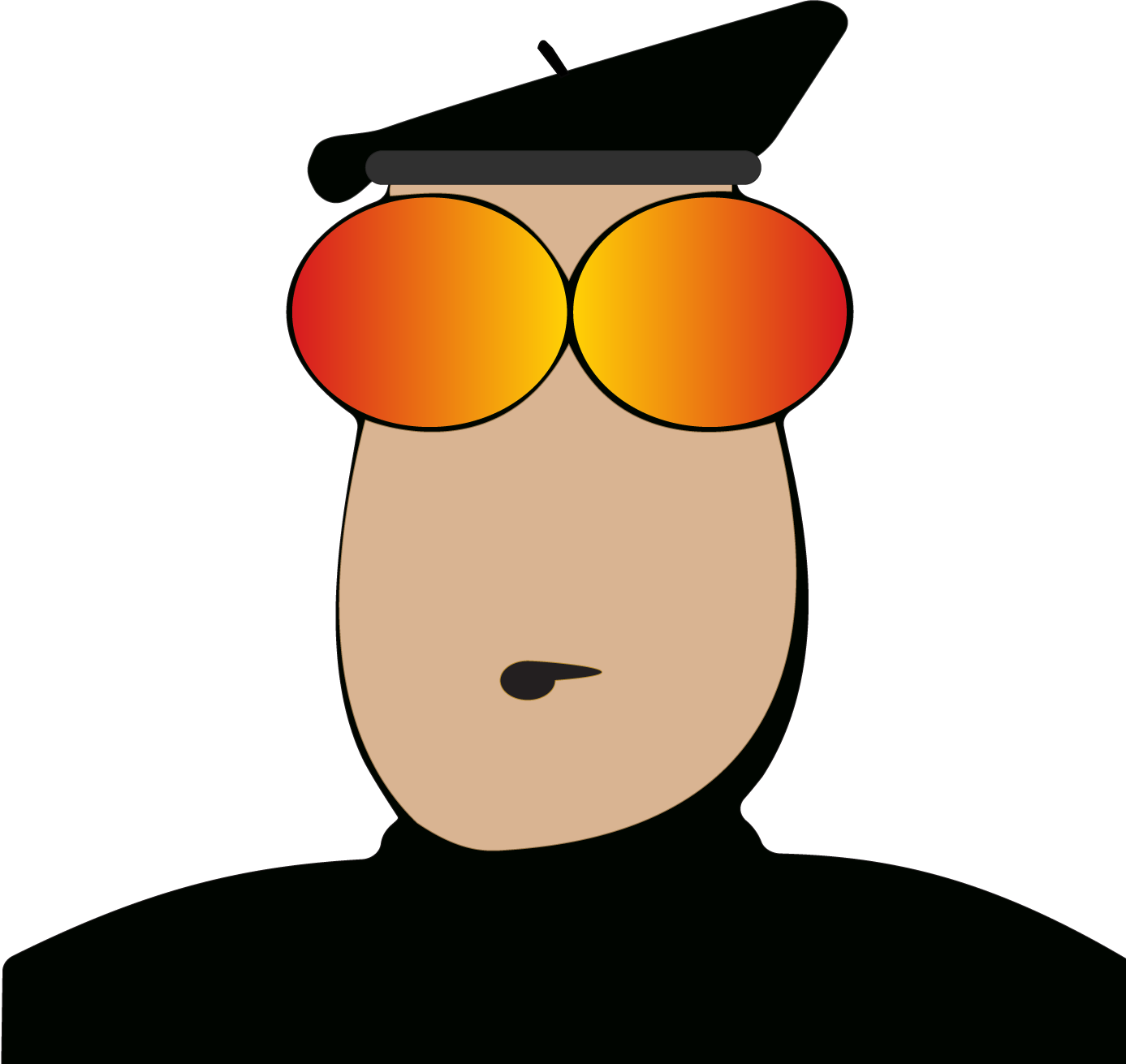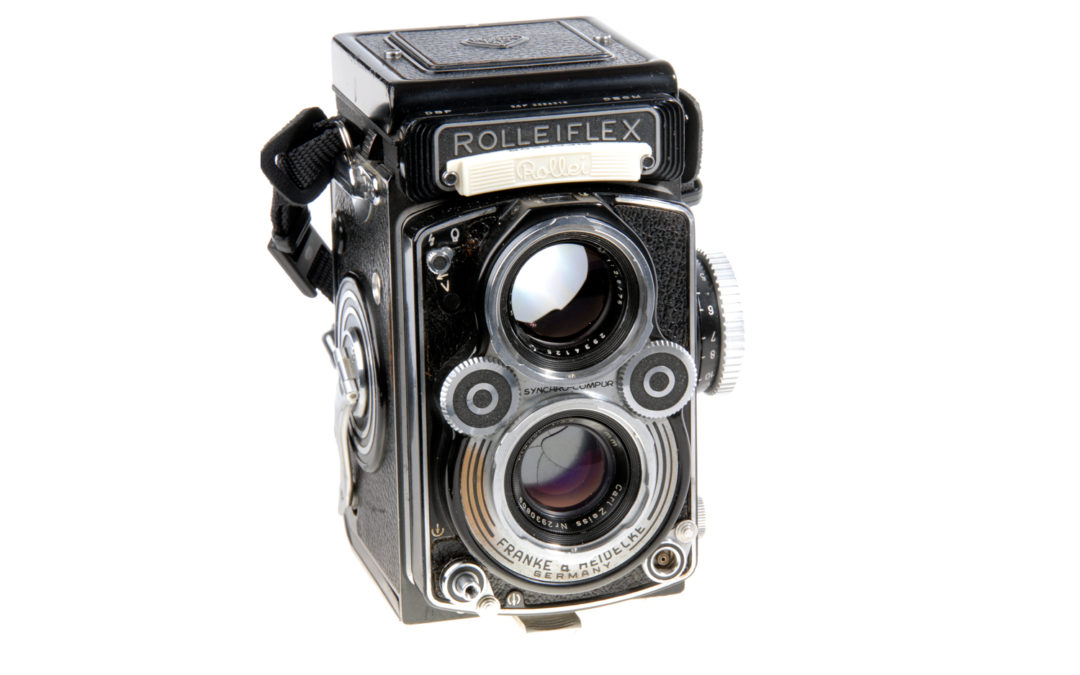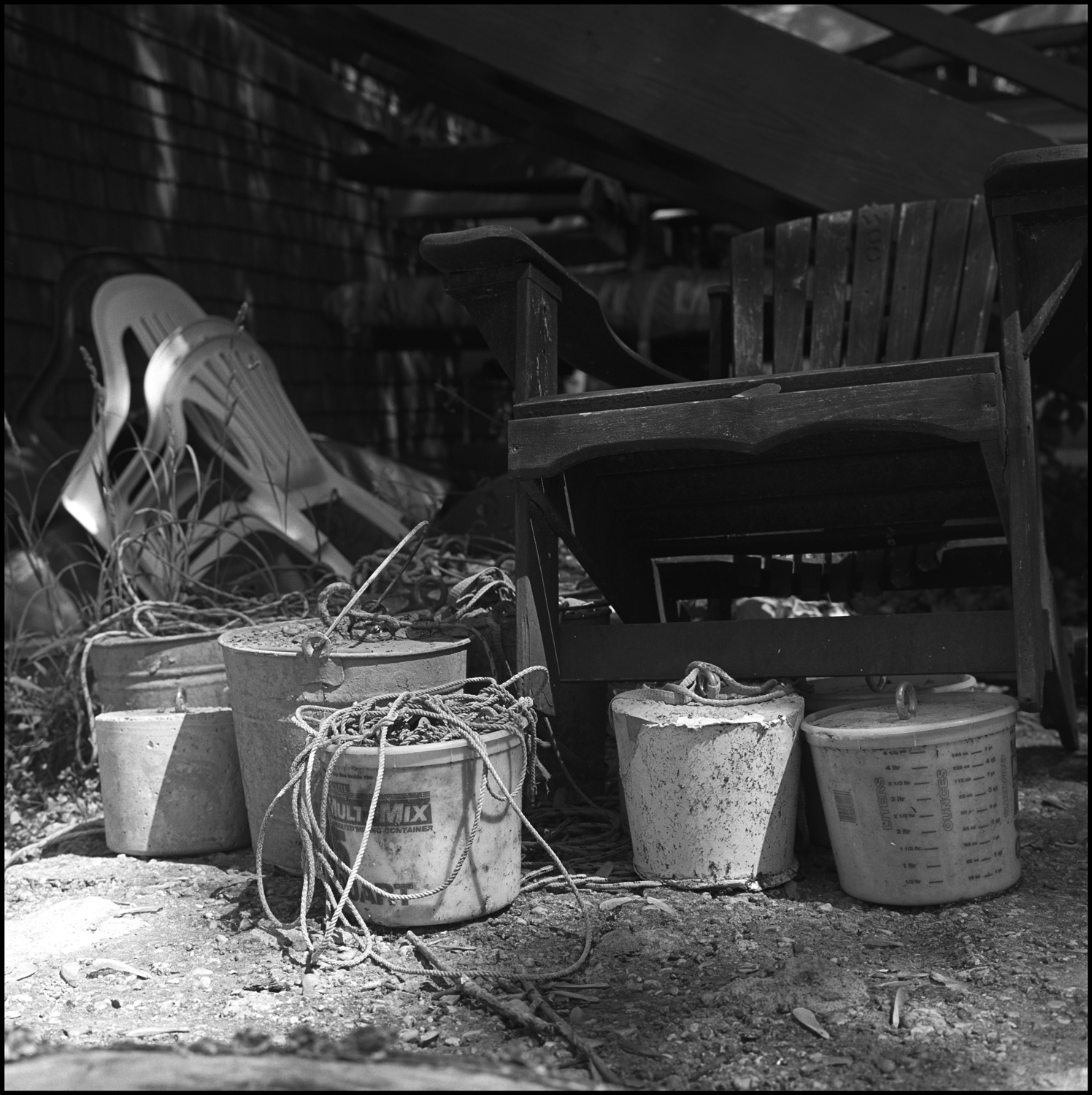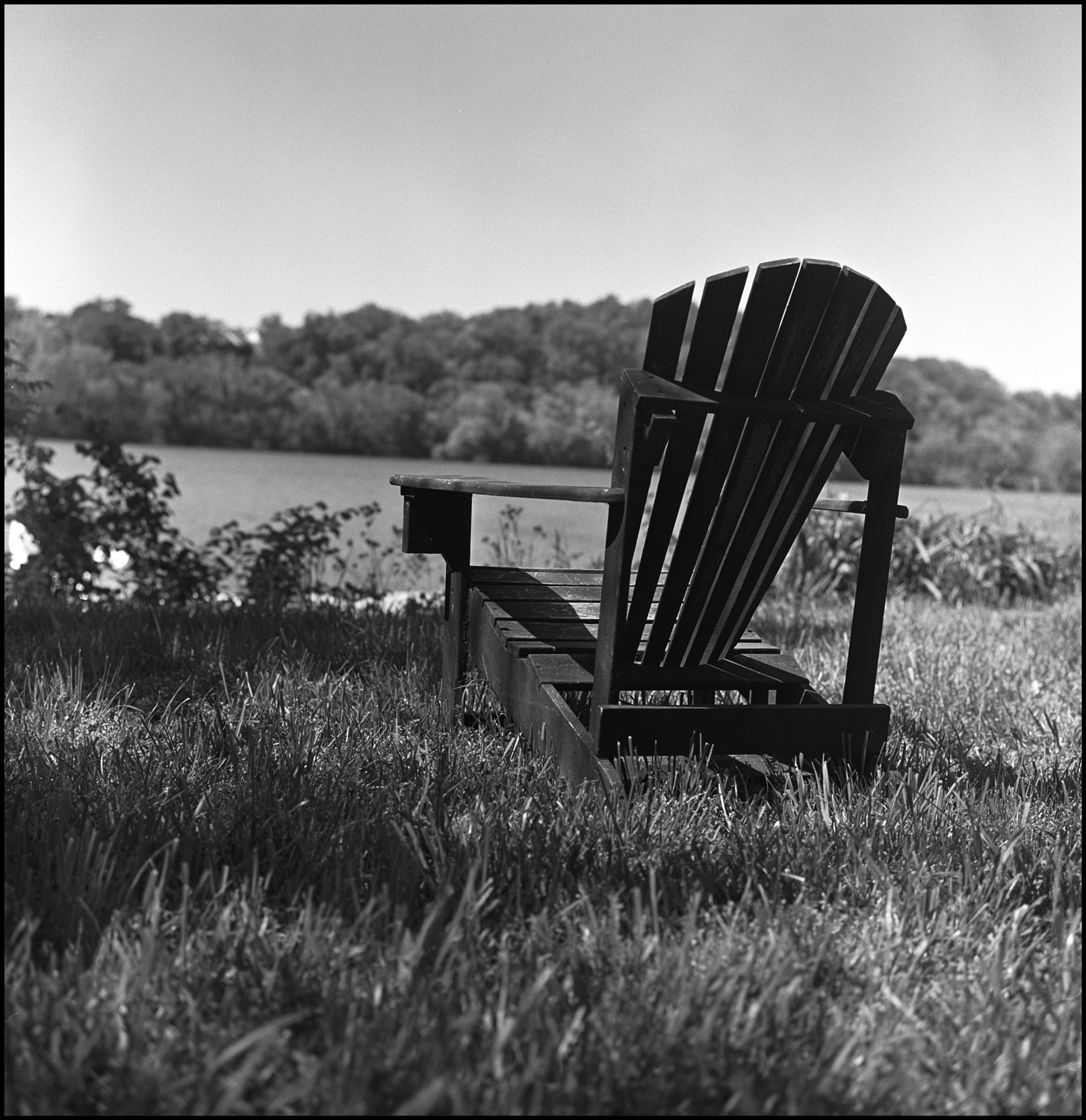It all happened in slow motion. The aged leather strap broke unexpectedly in two places. I watched helplessly as the camera fell from my hip to the concrete. “Oh shit!” I heard myself saying, as it bounced, and then bounced again, stopping finally to rest on its side.
In disbelief, I looked at my once flawless camera resting peacefully on the concrete. Each bounce felt like a punch in the gut! “Will it ever be the same?” I wondered.
The fall crushed the side meter housing, and the focusing knob now hesitated about midway going and coming. I carried my poor camera home carefully in my arms as if it were a wounded puppy.
Back home, I searched the internet for a good Rolleiflex repairman and found Harry Fleenor of Oceanside Camera Repair. I sent him my camera for a complete overhaul. Harry told me he didn’t have replacement parts for the camera meter readout so I asked him to remove the meter altogether, sensor and everything. Who needs a meter anyway, right? Well, I suppose I do, since I use a nice little hand-held job called the Gossen Digisix. Eight weeks later he returned it looking brand spanking new. Now, I’m not in the habit of dropping cameras, but if you ever drop your Rolleiflex, send it to Harry. You won’t be disappointed.
Taking photographs with the Rolleiflex 3.5F is pure pleasure. First, it’s a mechanically precise instrument. The focus is smooth as silk and the film advance feels like creamy butter. I’d say the Rolleiflex 3.5F represents German camera engineering at its finest.
(By comparison, the Yashica Mat 124G, a great camera in its own right, sounds a little tinny, feels a little clunky, and its film advance lever ratchets like the crank on a Jack-in-the-Box.)



